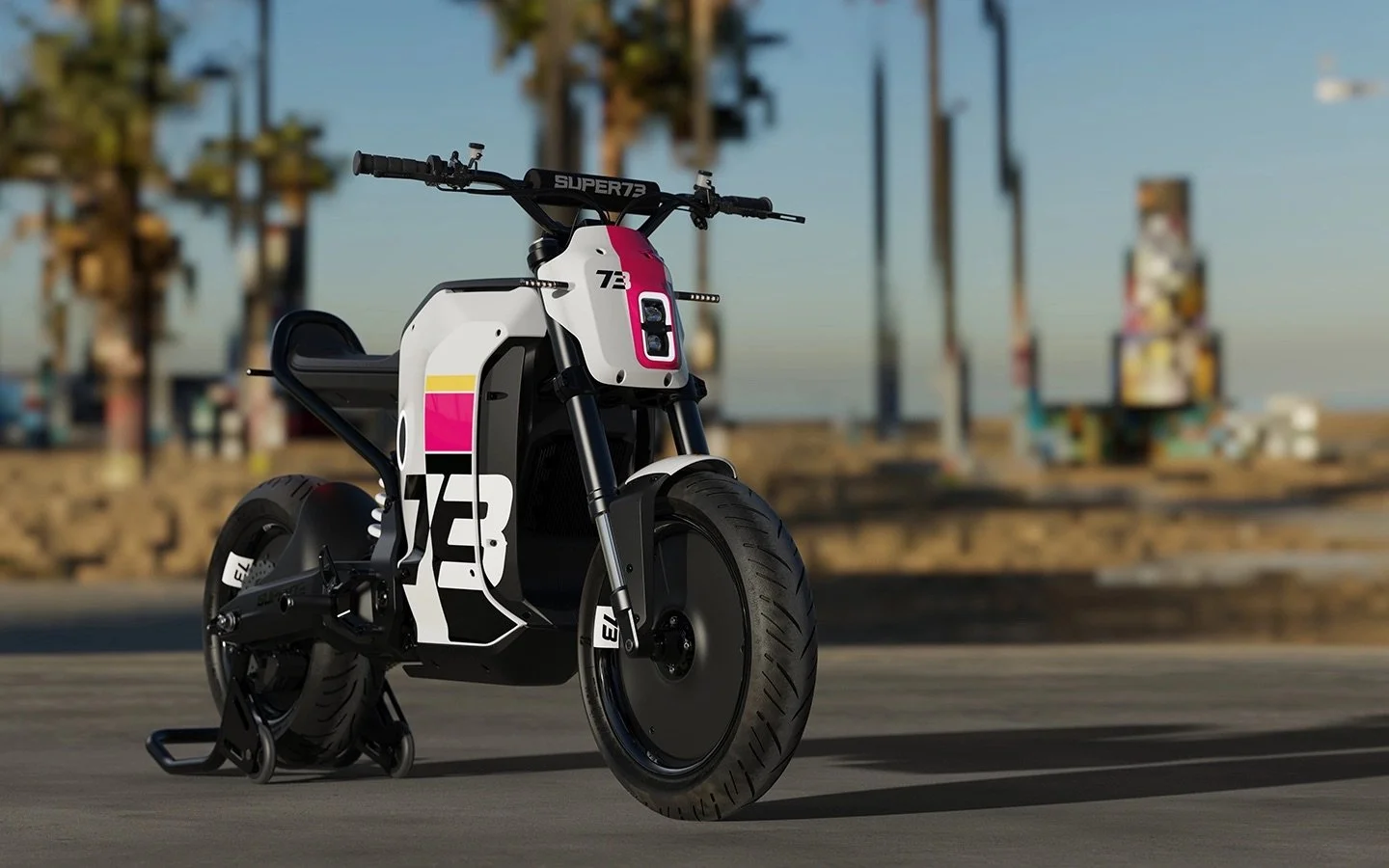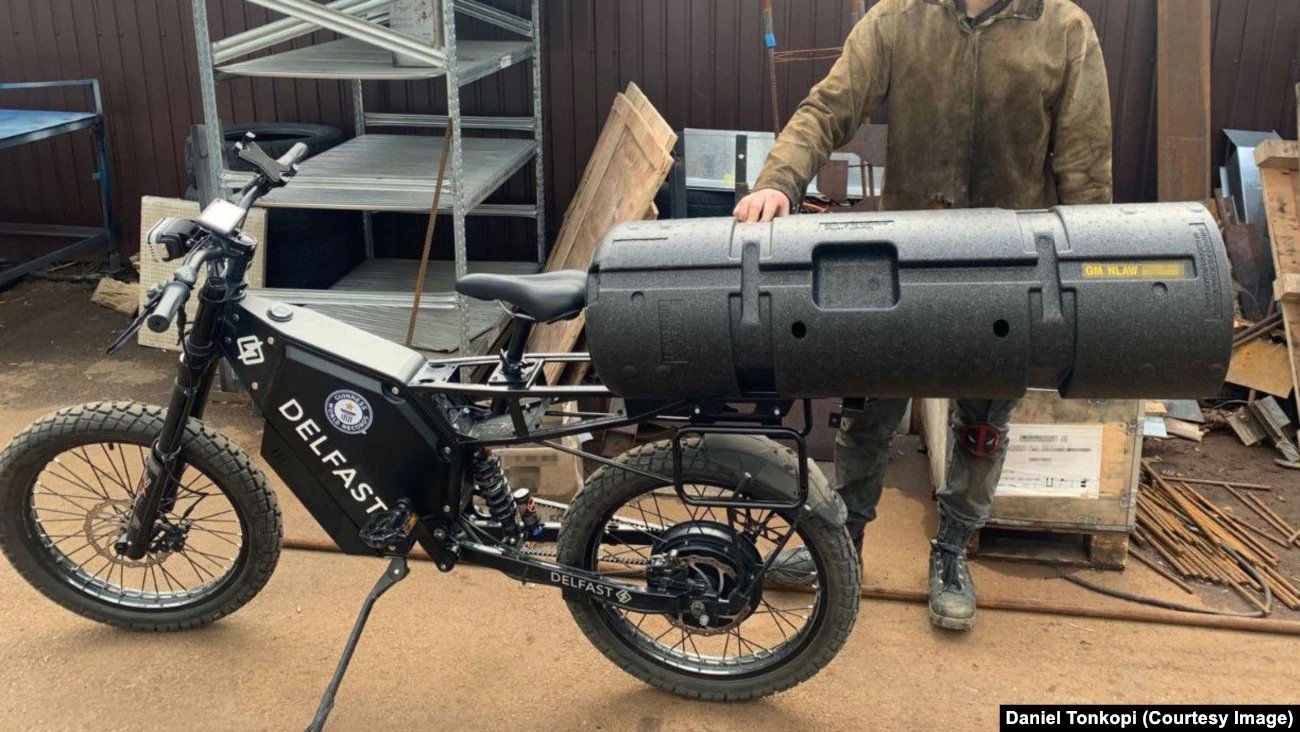The SONDORS ‘Metacycle’ was first shown in Los Angeles in early 2021. After a series of delays and design challenges, the Metacycle is looking to ship to its first reservation holders this months. The original reservation price was relatively low for comparative products, at $5,000. This is SONDORS first exploration into electric motorcycles, usually producing electric bikes.
The SONDORS electric motorbike can reach speeds of 80mph, includes a reverse gear, hydraulic brakes, adjustable suspension and integrated wireless phone charging compartment. Free from vibration, fumes, noise and fuel the Metacycle offers a unique and new experience to riding. The unique ‘exo-frame’ creates a innovative shape accessible to any riders. Combined with the narrow profile the SONDORS electric motocycle creates a one-of-a-kind look. The weld-free single piece cast adds strength, sleekness and safety to the motorcycle.
The 65mm improved seat is made from variable density foam, allowing for maximum comfort on all rides. 80 miles of range is available from the 4000Wh, 72 V integrated battery.

